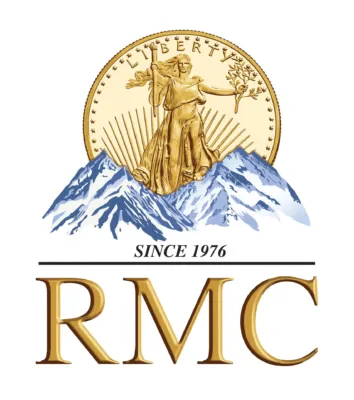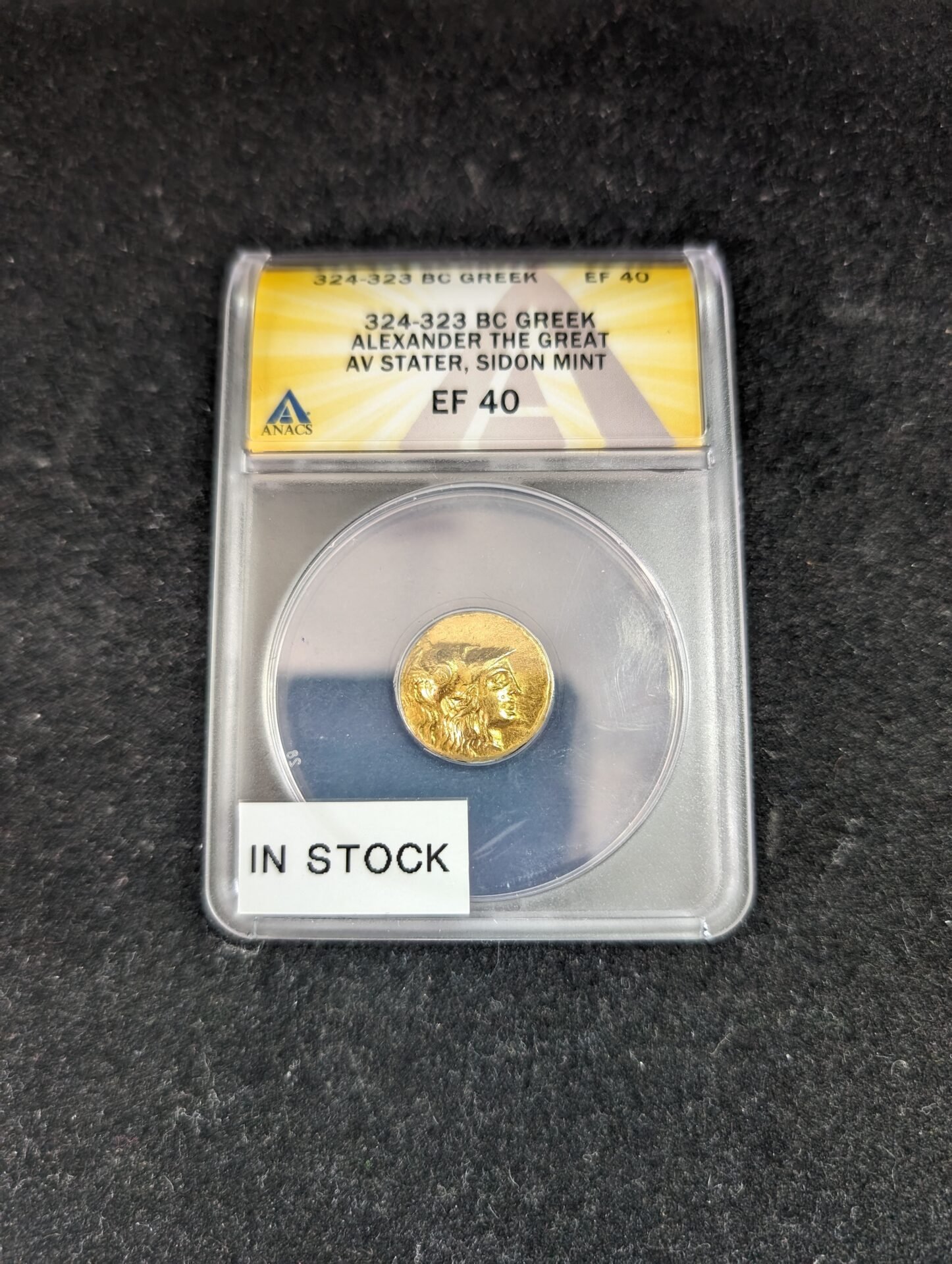We use money so frequently that paper bills and metal coins have become a crucial part of our existence. We design purses to carry our money as close to our bodies as possible. We warn tourists about the threat of pickpockets, and we lock bundles of bills and coins in safes and vaults to keep our money secure. It’s hard to imagine that society ever flourished without paper money and coins to mark the value of commodities. But thousands of years ago, our ancestors used an entirely different exchange system to negotiate for life’s necessities.
Whether you’re a gold collector or a financial mogul, money plays a big factor in your life. To understand the history of money and the development of modern currency, read our timeline of significant monetary developments.
Pre-Modern Alternatives to Money
Before communities developed coin or paper money to signify exchanges, primitive societies used the barter system. This transaction type involves a direct trade between two parties. Under this system, a person with an excess of grain would trade his or her granary goods directly to a cattle farmer in exchange for a newborn calf. Over time, societies increased their exchange of common goods, like furs or weapons. These items had intrinsic value to societies that prized survival and defense. Eventually, these objects became the typical medium of exchange, so all other bartered goods and services were compared to their value.
Early Money Materials
In addition to animal skins, some societies moved towards a metal exchange. On the island of Sardinia, now part of modern-day Italy, historians have found remains of the obsidian trade. Obsidian had value because stone-age islanders could use this raw material to create tools thousands of years ago. When this practice eventually died out, citizens used copper and silver for trade.
Money and the Code of Hammurabi
Hammurabi, the most well-known ruler of Babylon, gained his fame from his law code. His revised legal regulations codified the role of money in Babylonian society. The Code of Hammurabi regulated interest rates for debtors, created fines as a form of criminal punishment, and compensated workers with standardized amounts for private property or business services.
Standardized Coins
In about 1000 B.C. Chinese citizens under the Zhou dynasty used shells to create bronze coins. Other places, like India and coastal nation states surrounding the Aegean Sea, also developed their own coinage systems.
Later, in the 700s B.C., the minting process standardized. Rulers in Greece and Asia Minor also developed a method to imprint their coins, a method that gave all money an authoritarian stamp of approval. These early standardized coins were made from electrum, a combination of gold and silver.
Leather and Paper Currency
China holds the record as the first nation to develop paper currency. At first, Chinese merchants used pieces of deerskin as a kind of leather money-but eventually this practice embraced paper as the optimal medium.
When paper banknotes first emerged on the market, they grew in production and depreciated in value so much that China suffered terrible inflation rates. As a result of this economic crisis, China eventually abandoned paper currency around 1400 A.D.
Three-hundred years later, the paper money system reappeared in Europe, and the ease of paper transactions boosted the international trade between Western nation-states.
Wampum
North American Indians developed this monetary system, and foreign settlers discovered it in the 1530s. The Indian word “wampum” (or “white”), refers to the white clam shell beads threaded onto a string and used to trade for goods.
The Gold Standard
In 1816, England made gold the standard for all monetary value. Each paper banknote, in accordance with this standard, was valued at a certain weight of gold. And the worth of each bill varied depending on gold’s market price at the time. The United States followed England’s example and implemented the Gold Standard Act in 1900. This legislation set up the earliest measurements for gold’s value, and also influenced the later establishment central banks.
A National Banking System
In 1863, the U.S. Congress started a nation-wide bank. This act also enabled the Treasury Department to create national banknotes according to federal guidelines. The new U.S. Treasury currency could be purchased through government bonds, a method the federal government approved.
Modern Developments
Once our government standardized money within the nation, the design and value of paper money has undergone significant changes. Today’s money includes security threads and micro printing techniques for maximum security against counterfeiters. Since the early 2000s, our nation’s leaders have redesigned each dollar bill for higher safety measures. Today, activists hope to alter the design to include more female role models.
No matter where currency goes in the future, you can appreciate the hard work and innovation that each bill or coin represents. Remember these historical milestones the next time you use cash to pay for your groceries and household items. And if you stumble across historical currency, take it to your local Rocky Mountain Coin to get it examined.




